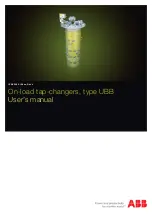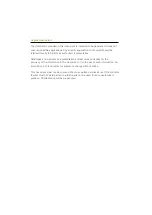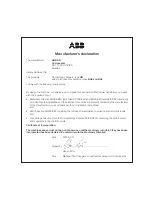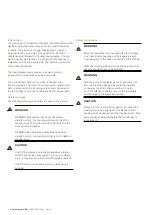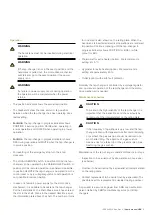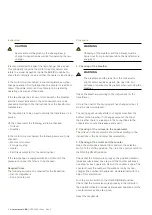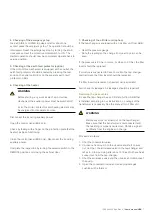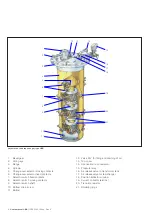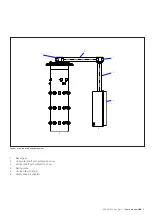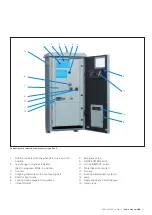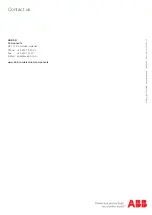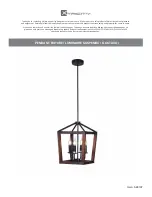
4
User's manual UBB
|
1ZSE 5492-156 en, Rev. 4
Introduction
The UB range of on-load tap-changers manufactured by ABB
has been developed over many years to provide maximum
reliability. The simple and rugged design gives a service
life equal to the service life of the transformer. Minimum
maintenance is required for trouble-free operation. The only
parts requiring maintenance are contacts that might need
replacement during the service life, the insulating oil and the
motor-drive mechanism.
The design allows ready access to all parts, making
inspection and maintenance quick and simple.
The on-load tap-changers, type UB, is housed in the
transformer tank. The motor-drive mechanism, type BUE or
BUL, is attached to the transformer tank and connected to
the tap-changer by means of drive-shafts and a bevel gear.
Safety warnings
The following warnings and notes are used in the manual:
WARNING
WARNING indicates an imminently hazardous
situation, which if not avoided will result in death or
serious injury. This signal word is to be limited to the
most extreme situations.
WARNING also indicates a potentially hazardous
situation, which if not avoided could result in death or
serious injury.
CAUTION
CAUTION indicates a potentially hazardous situation,
which if not avoided may result in minor or moderate
injury. It may also be used to alert of unsafe practices.
CAUTION may also indicate property-damage-only
hazards.
Safety precautions
WARNING
Personnel operating and inspecting the tap-changer
must have good knowledge of the apparatus and
must be aware of the risks pointed out in this manual.
Personnel making electrical connections in the motor-
drive mechanism have to be certified.
WARNING
Small amounts of explosive gases might come out
from the breathing devices (dehydrating breather
or one-way breather). Make sure that no open
fire, hot surfaces or sparks occur in the immediate
surroundings of the breathing devices.
CAUTION
After a trip from a supervisory device, an inspection
must be made by a specialist. The diverter switch
housing must be drained and the diverter switch lifted
and carefully investigated before the transformer is
reenergized.

